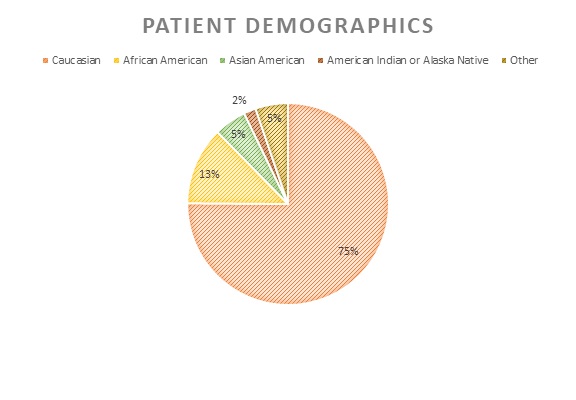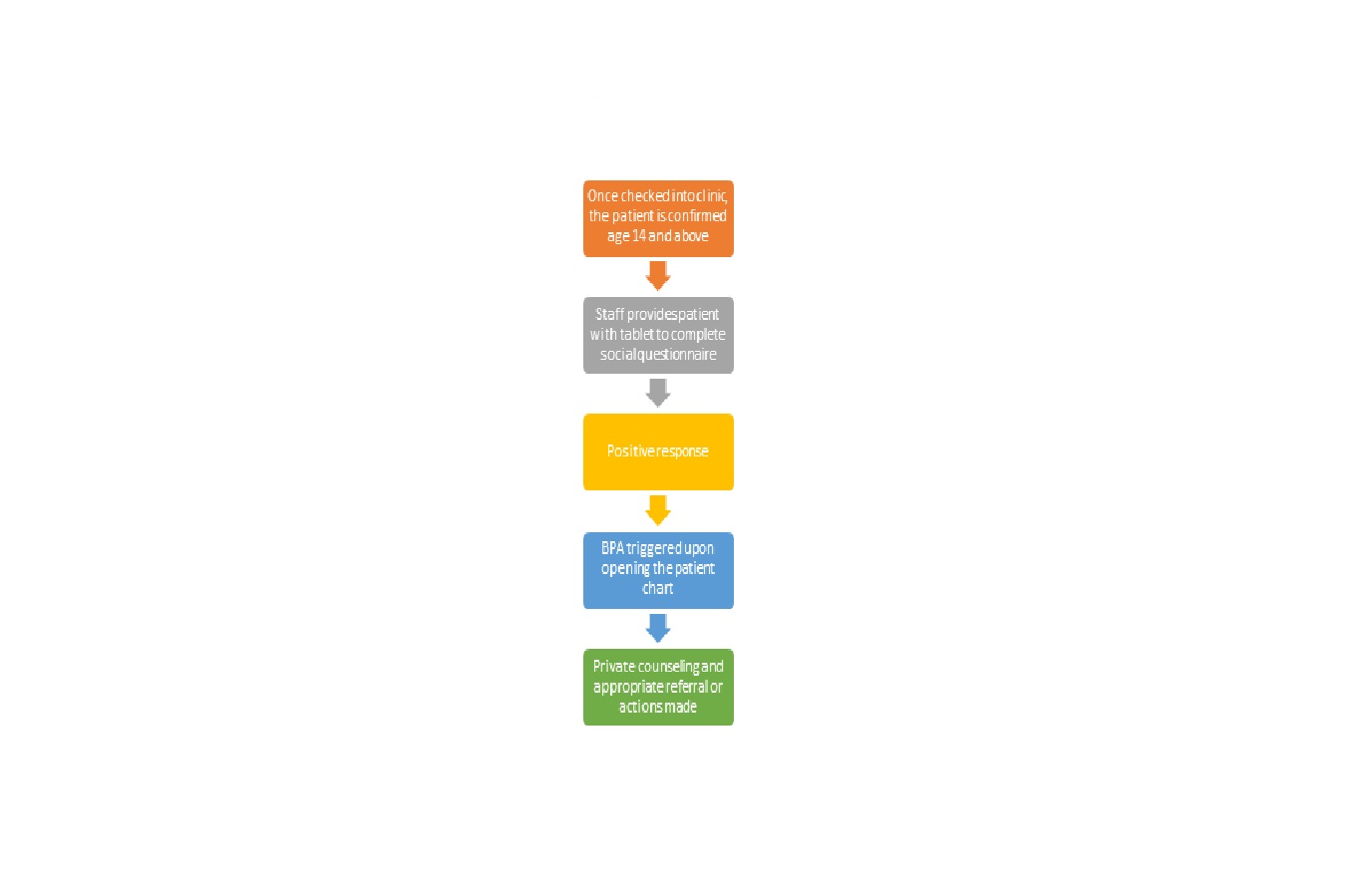Back
Poster Session B
Reproductive health
Session: (0939–0969) Reproductive Issues in Rheumatic Disorders Poster
0941: Surveying Adolescents with Rheumatic Disease for At-Risk Behavior
Sunday, November 13, 2022
9:00 AM – 10:30 AM Eastern Time
Location: Virtual Poster Hall
- KC
Kristina Ciaglia, MD
University of Texas Southwestern
Irving, TX, United States
Abstract Poster Presenter(s)
Kristina Ciaglia1, Chetna Godiwala2, Chan-hee Jo2, Tracey Wright3, Lynnette Walters2 and Lorien Nassi1, 1University of Texas Southwestern, Dallas, TX, 2Scottish Rite Hospital for Children, Dallas, TX, 3UT Southwestern, Plano, TX
Background/Purpose: Adolescents with rheumatic disease are often prescribed teratogenic medications, however few rheumatologists screen patients for sexual activity and provide referrals or contraceptive education due to time constraints and other barriers. Rheumatology patients have increased risk for adverse pregnancy-related outcomes and there is a large gap in provider-patient reproductive health discussions and teratogenic medication education.1 Furthermore, many patients view their subspecialist as their primary care physician, and the American Academy of Pediatrics recommends yearly screening for sexual activity and substance use for adolescents.2 This quality improvement (QI) project surveyed adolescents with rheumatic disease to identify at-risk behaviors and develop interventions to improve patient education and referrals regarding these behaviors.
Methods: We created a Social History Questionnaire (SHQ) in the EMR to survey patient sexual activity, and alcohol, tobacco, and drug use. The survey was administered at each visit in an outpatient clinic to adolescents with rheumatic disease 14 years of age and older via tablet. A positive response triggered a Best Practice Advisory (BPA) alert when the chart was opened to remind the clinician to discuss these results privately. Chi-Square test, Fisher's exact, and Kruskal Wallis test were used to evaluate differences in patients who did and did not have a positive response as appropriate.
Results: We surveyed 759 patients from December 2020 to April 2022. Seventy-two percent were female, and the mean age was 15.8 years. Ninety patients (12%) reported being sexually active, and sexually active patients were significantly older than those who were not (17.2 vs 15 years, p< 0.001). There was no association between sexual activity and BMI or insurance status. Seven patients reported using tobacco, and more smokers were observed among sexually active patients than those who were not (14.2% vs 0.5%, p< 0.001). Fourteen patients reported drug use, and there was a higher rate of use among those who were sexually active (21% vs 1%, p< 0.001). Twenty-six patients (3.4%) reported alcohol use, and there was a higher rate of use among those who were sexually active (40.6% vs 0.7%, p< 0.001).
Conclusion: Twelve percent of patients reported being sexually active, underscoring the need to provide reproductive health education, and identify sexually active adolescents taking teratogenic medication. While a smaller proportion used substances, clinician awareness is crucial to provide education for these at-risk behaviors. The BPA was a useful tool to remind clinicians to discuss the SHQ privately. The next phase of this QI project will evaluate reproductive counseling and rates of referrals to the adolescent clinic.
References:
1. Carandang K, Mruk V, Ardoin SP, et al. Reproductive health needs of adolescent and young adult women with pediatric rheumatic diseases. Pediatr Rheumatol Online J. 2020;18(1):66. Published 2020 Aug 17. doi:10.1186/s12969-020-00460-7
2. Ronis T, Frankovich J, Yen S, Sandborg C, Chira P. Pilot study of reproductive health counseling in a pediatric rheumatology clinic. Arthritis Care Res (Hoboken). 2014 Apr;66(4):631-5. doi: 10.1002/acr.22159
 Patient Demographics
Patient Demographics
 Clinic Flow from patient check in to one-on-one counseling
Clinic Flow from patient check in to one-on-one counseling
Disclosures: K. Ciaglia, None; C. Godiwala, None; C. Jo, None; T. Wright, None; L. Walters, None; L. Nassi, None.
Background/Purpose: Adolescents with rheumatic disease are often prescribed teratogenic medications, however few rheumatologists screen patients for sexual activity and provide referrals or contraceptive education due to time constraints and other barriers. Rheumatology patients have increased risk for adverse pregnancy-related outcomes and there is a large gap in provider-patient reproductive health discussions and teratogenic medication education.1 Furthermore, many patients view their subspecialist as their primary care physician, and the American Academy of Pediatrics recommends yearly screening for sexual activity and substance use for adolescents.2 This quality improvement (QI) project surveyed adolescents with rheumatic disease to identify at-risk behaviors and develop interventions to improve patient education and referrals regarding these behaviors.
Methods: We created a Social History Questionnaire (SHQ) in the EMR to survey patient sexual activity, and alcohol, tobacco, and drug use. The survey was administered at each visit in an outpatient clinic to adolescents with rheumatic disease 14 years of age and older via tablet. A positive response triggered a Best Practice Advisory (BPA) alert when the chart was opened to remind the clinician to discuss these results privately. Chi-Square test, Fisher's exact, and Kruskal Wallis test were used to evaluate differences in patients who did and did not have a positive response as appropriate.
Results: We surveyed 759 patients from December 2020 to April 2022. Seventy-two percent were female, and the mean age was 15.8 years. Ninety patients (12%) reported being sexually active, and sexually active patients were significantly older than those who were not (17.2 vs 15 years, p< 0.001). There was no association between sexual activity and BMI or insurance status. Seven patients reported using tobacco, and more smokers were observed among sexually active patients than those who were not (14.2% vs 0.5%, p< 0.001). Fourteen patients reported drug use, and there was a higher rate of use among those who were sexually active (21% vs 1%, p< 0.001). Twenty-six patients (3.4%) reported alcohol use, and there was a higher rate of use among those who were sexually active (40.6% vs 0.7%, p< 0.001).
Conclusion: Twelve percent of patients reported being sexually active, underscoring the need to provide reproductive health education, and identify sexually active adolescents taking teratogenic medication. While a smaller proportion used substances, clinician awareness is crucial to provide education for these at-risk behaviors. The BPA was a useful tool to remind clinicians to discuss the SHQ privately. The next phase of this QI project will evaluate reproductive counseling and rates of referrals to the adolescent clinic.
References:
1. Carandang K, Mruk V, Ardoin SP, et al. Reproductive health needs of adolescent and young adult women with pediatric rheumatic diseases. Pediatr Rheumatol Online J. 2020;18(1):66. Published 2020 Aug 17. doi:10.1186/s12969-020-00460-7
2. Ronis T, Frankovich J, Yen S, Sandborg C, Chira P. Pilot study of reproductive health counseling in a pediatric rheumatology clinic. Arthritis Care Res (Hoboken). 2014 Apr;66(4):631-5. doi: 10.1002/acr.22159
 Patient Demographics
Patient Demographics Clinic Flow from patient check in to one-on-one counseling
Clinic Flow from patient check in to one-on-one counselingDisclosures: K. Ciaglia, None; C. Godiwala, None; C. Jo, None; T. Wright, None; L. Walters, None; L. Nassi, None.

